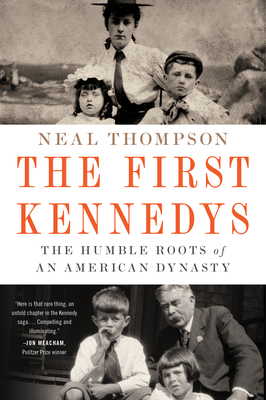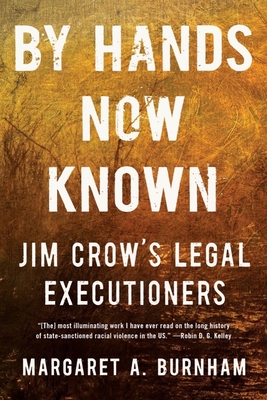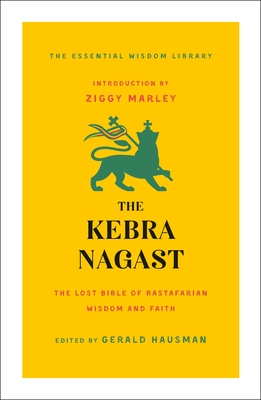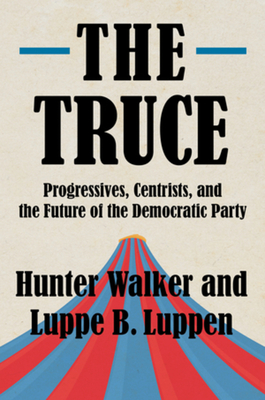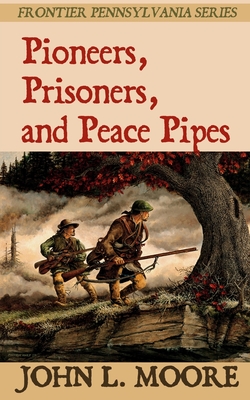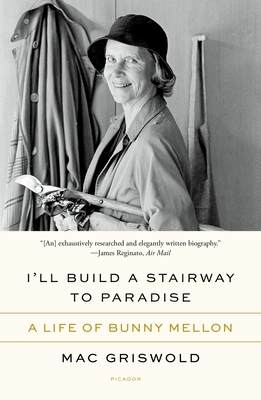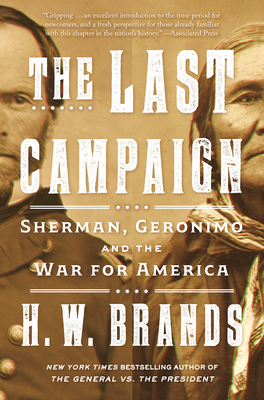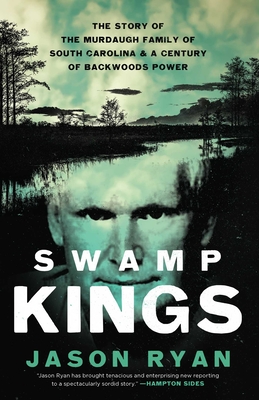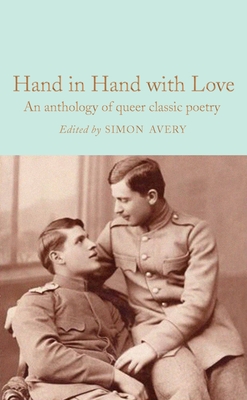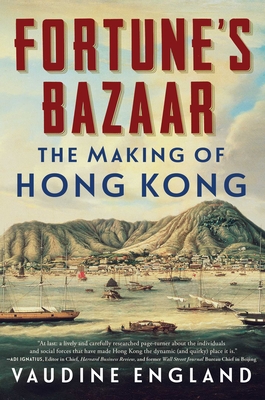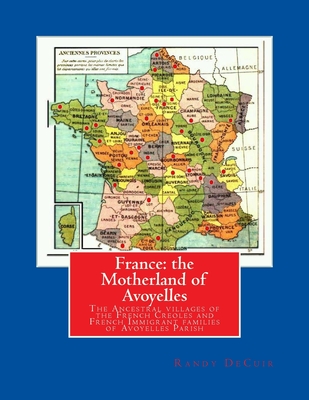
France: the Motherland of Avoyelles: Full Color Edition (First Families of Louisiana)
Description
Although sometimes considered Acadian, the families of Avoyelles are of a completely different French background. The first French to settle in Avoyelles began coming after a great Mississippi River flood in 1780 and were mostly pure French Creoles, descendant of the earlier French settlers who were the first families of Louisiana who migrated in 1720. (The Acadians, who bear different last names, settled in Parishes to the south of Avoyelles) Avoyelles was a safe and easy place to get to, as it sat on a high flood safe prairie easily accessed by the main transpiration arteries of Louisiana: the Atchafalaya, the Mississippi and the Red Rivers. The Second wave of settlers: Americans After the Louisiana statehood in 1812, an influx of English speaking Americans began to arrive in Avoyelles, moving in from the eastern seaboard. The third influx of population: The direct French immigrants Avoyelles was a thriving place in the 1800s, rich with agriculture, large and small plantations. It continued to attract more French settlers, and wave of migration from France lasted from the 1790s through the entire next century. This latter wave of French migration to Avoyelles brought merchants, tradesmen and professionals. Most were not farmers, and most had more education than the 19th century residents of the parish. When this second wave of settlers arrived in Avoyelles, they established stores, mostly in Mansura and Marksville, and quickly were accepted into the local life, being elected to serve as mayors and parish officials. The 1880 census of the Mansura area reads more ike a list of stores that may have been located in New York with merchant after merchant residing next to each other in the predominantly rural agricultural parish.


